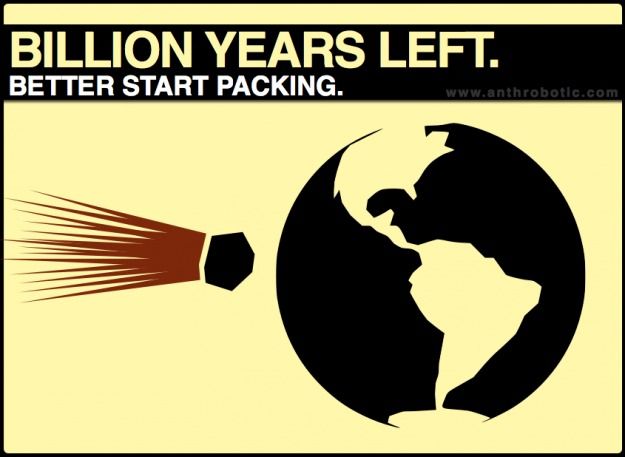Mar 3, 2013
Petition for Americium Emergency Stockpile
Posted by Gary Michael Church in categories: asteroid/comet impacts, business, chemistry, counterterrorism, defense, economics, engineering, ethics, events, existential risks, futurism, geopolitics, habitats, human trajectories, military, nuclear energy, nuclear weapons, physics, policy, polls, rants, robotics/AI, space, transparency, treaties
I continue to survey the available technology applicable to spaceflight and there is little change.
The remarkable near impact and NEO on the same day seems to fly in the face of the experts quoting a probability of such coincidence being low on the scale of millenium. A recent exchange on a blog has given me the idea that perhaps crude is better. A much faster approach to a nuclear propelled spaceship might be more appropriate.
Unknown to the public there is such a thing as unobtanium. It carries the country name of my birth; Americium.
A certain form of Americium is ideal for a type of nuclear solid fuel rocket. Called a Fission Fragment Rocket, it is straight out of a 1950’s movie with massive thrust at the limit of human G-tolerance. Such a rocket produces large amounts of irradiated material and cannot be fired inside, near, or at the Earth’s magnetic field. The Moon is the place to assemble, test, and launch any nuclear mission.
Continue reading “Petition for Americium Emergency Stockpile” »









